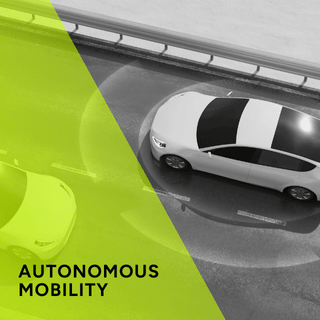As autonomous vehicles (AVs) continue to evolve, the concept of the Operational Design Domain (ODD) has emerged as a cornerstone in ensuring their safe and effective deployment. The ODD defines the specific conditions under which an AV is designed to operate safely. These conditions include environmental factors (like weather and lighting), geographical areas, roadway types, and crucially, traffic regulations and driver behaviour patterns.
Understanding ODD in the Context of Autonomous Driving
At its core, the ODD acts as a boundary-setting framework. It delineates where and when an AV can function without human intervention. For example, a Level 4 autonomous shuttle might be restricted to operating in a geo-fenced urban area during daylight hours and in fair weather. But beyond these physical and environmental constraints, the ODD must also account for behavioral and regulatory data—two of the most dynamic and complex elements in real-world driving.
Why Driver Behaviour Matters
Human driving behaviour varies significantly across regions, cultures, and even times of day. For instance:
- In some cities, aggressive lane merging is common and expected
- In rural areas, drivers may frequently encounter slow-moving farm equipment or wildlife
- Pedestrian behaviour can differ—jaywalking might be rare in one country but common in another
- Autonomous systems must be trained and validated within the context of these behaviours. Incorporating driver behaviour into the ODD ensures that the AV can anticipate and respond appropriately to local driving norms, enhancing both safety and user acceptance.
The Role of Traffic Regulations
Traffic laws are not universally standardized. Speed limits, right-of-way rules, signage, and even road markings can differ dramatically between jurisdictions. An AV operating in Germany must interpret and comply with different rules than one in the United States or Japan.
By embedding traffic regulations into the ODD, developers ensure that the vehicle’s decision-making algorithms are aligned with legal requirements. This is especially critical for:
- Route planning: Ensuring the AV avoids roads where it is not legally permitted
- Compliance: Preventing violations that could lead to fines or accidents
- Liability: Establishing a clear framework for legal accountability in case of incidents
- Data Management and ODD Integration
To effectively manage driver behaviour and traffic regulations within the ODD, AV systems rely on a combination of:
- High-definition maps enriched with regulatory data
- Machine learning models trained on region-specific driving datasets
- Real-time data feeds for dynamic updates (e.g., construction zones, temporary speed limits)
- This integration allows the AV to adapt its behaviour based on the current context, ensuring it remains within its defined ODD at all times
Conclusion: ODD as a Living Framework
The ODD is not a static checklist—it is a living framework that must evolve alongside changes in infrastructure, regulations and societal norms. As AVs expand into new markets and environments, the ability to accurately model and manage driver behaviour and traffic regulations within the ODD will be essential for scaling autonomous mobility safely and responsibly.







